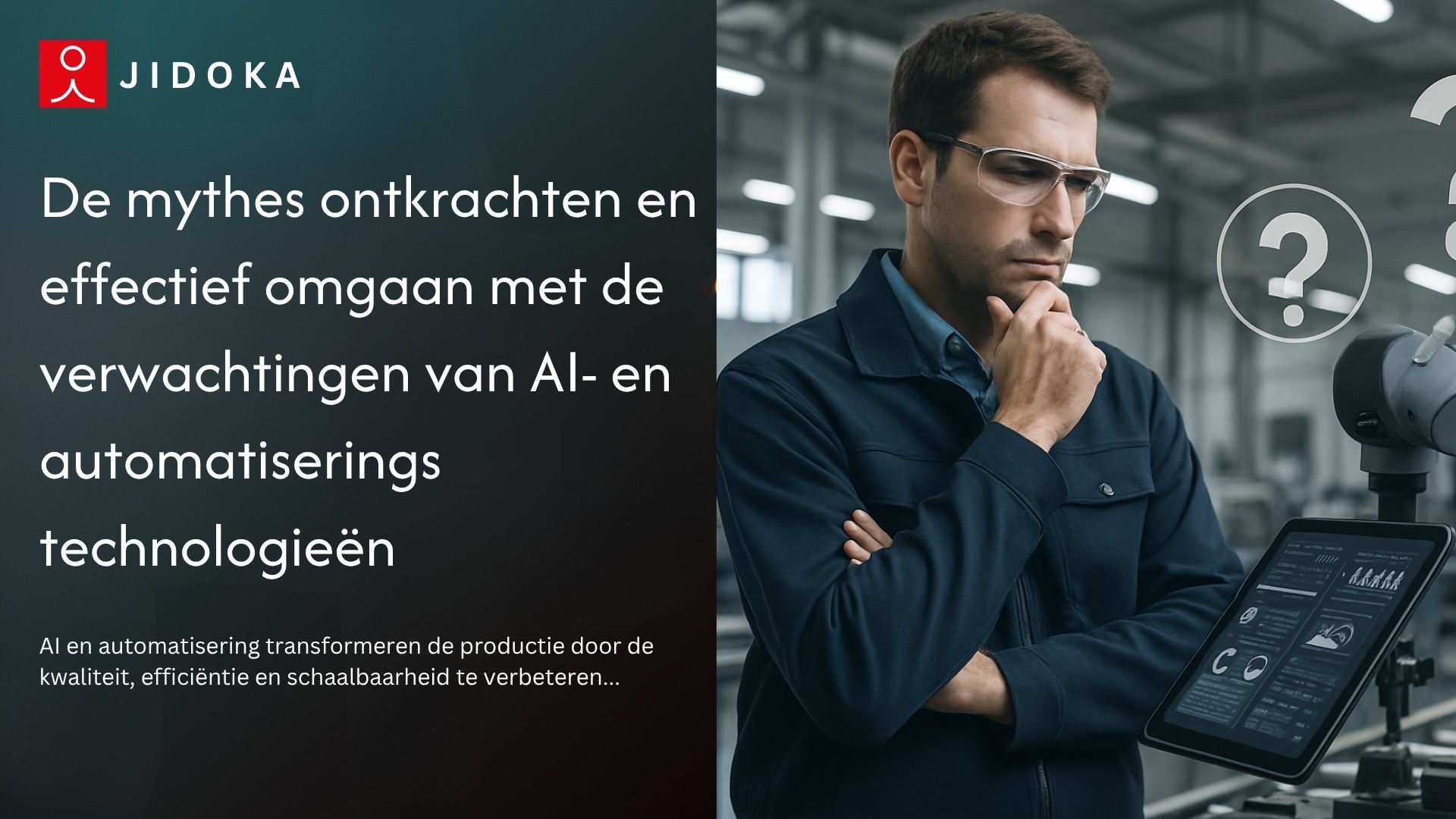Spark plugs are an optical nightmare. White ceramic hides cracks, and shiny metal creates blinding glare. Standard cameras confuse these reflections with scratches, making spark plug inspection unreliable. Manual operators also fail to spot microscopic flaws at 300 parts per minute.
You need a system that differentiates between a light trick and a real defect. An AI-powered spark plug inspection system does exactly that. It ignores the visual noise to find the signal. Automated spark plug quality control stops bad parts from reaching the engine.
If you want zero defects, you must upgrade your spark plug inspection process. Here is how spark plug visual quality inspection solves these deceptive challenges.
The Big Three Inspection Challenges (And How AI Solves Them)
Inspecting a spark plug involves three distinct material problems. You must check porcelain, measured gaps, and reflective metal simultaneously. Machine vision spark plug manufacturing fails when it applies one rule to all three surfaces. Here is how you solve these specific issues.
1. The Ceramic Insulator
Finding a hairline crack on a white ceramic body poses a major problem. Bright factory lights wash out the contrast and make the crack invisible. Standard sensors often mistake glare for a defect.
Spark plug defect detection now uses semantic segmentation. This AI technique classifies every pixel in the image. It learns to ignore lighting hotspots and only flags structural breaks. The system recognizes that a crack has a jagged edge while a reflection has a smooth gradient.
2. The Spark Gap
The distance between the center and ground electrode determines engine efficiency. You must maintain accuracy within 0.05mm. Shearing creates rough edges on the electrodes which confuse standard caliper tools.
Advanced spark plug inspection uses sub-pixel measurement to fix this. The algorithm interpolates intensity values between pixels to find the true edge. It locates the electrode tips accurately even if they appear rounded. This ensures the gap remains mathematically perfect.
3. The Shell & Thread
The metal shell acts like a mirror. A scratch looks like a shadow and a shadow looks like a scratch. Traditional cameras reject good parts because they detect dark spots caused by lighting angles.
Deep learning models solve this through contextual anomaly detection. The AI learns the texture of the machined metal threads. It distinguishes between a functional defect like a cross-thread and a cosmetic variation like an oil stain. Machine vision spark plug manufacturing relies on this texture recognition to save good parts.
Solving these material challenges highlights exactly why older technology falls short.
Why "Rule-Based" Vision Fails Here
Legacy systems fail because they rely on rigid logic. Spark plug inspection requires flexibility that hard-coded rules cannot provide. These systems use fixed parameters which break immediately when light hits a reflective surface.
1. The Threshold Trap
Old cameras use contrast thresholds. You program them to reject any pixel brighter than a specific value. This creates chaos with shiny parts. A harmless glint of light from the metal shell often exceeds the limit. The machine flags this glare as a defect. You lose good parts because the system lacks intelligence. Machine vision spark plug defect detection cannot rely on simple brightness checks to be effective. This limitation leads to high false reject rates in your spark plug inspection reports.
2. The Positioning Problem
Rule-based algorithms demand exact positioning. If a part rotates, the measurement fails. You need expensive fixtures to hold the plug in place. Even a slight rotation breaks the rule. Reliable spark plug inspection needs to handle these variations without stopping the line.
3. The AI Advantage
AI operates differently. It learns the part's shape and ignores rotation or lighting shifts. Automated spark plug surface inspection succeeds here because it looks for features, not just pixel values. It adapts to the factory environment. Standard spark plug inspection tools simply cannot compete with this adaptability.
This adaptability sets the stage for a hybrid approach that combines the best of both technologies.
How Jidoka Tech Can Help You Deploy Intelligent Spark Plug Inspection
Jidoka Tech builds an AI-powered spark plug inspection system that performs under real production pressure. The team aligns cameras, specialized lighting, PLC timing, and edge units so the system works across all shifts. You get a setup that handles the specific glare and speed challenges of machine vision spark plug manufacturing.
Plants running Jidoka’s setup report consistent performance even at high speeds, easily managing standard spark plug lines running at 300+ parts per minute. Jidoka combines two powerful engines to extend spark plug inspection beyond standard checks.
1. KOMPASS: High-Accuracy Inspector
This engine handles the hard work of spark plug visual quality inspection. It targets the ceramic cracks and precise gap measurements.
- Accuracy: Reaches 99.8%+ accuracy on live lines.
- Speed: Reviews each frame in under 10 ms, keeping up with rapid conveyors.
- Efficiency: Learns new spark plug variants with 60–70% fewer samples than traditional models.
- Adaptability: Specifically handles reflective metals and textured parts, solving the spark plug thread weld inspection issues caused by glare.
KOMPASS supports machine vision spark plug defect detection where consistency matters most.
2. NAGARE: Process and Assembly Analyst
While KOMPASS checks the surface, NAGARE checks the assembly. It verifies that the washer is present and the terminal nut is seated correctly.
- Tracking: Tracks 100% of assembly steps through existing cameras.
- Verification: Flags missing gaskets or wrong sequences in real time.
- Reduction: Cuts rework by 20–35% by catching assembly errors immediately.
Jidoka runs this full automated spark plug quality control system on local edge units to avoid delays. You get instant feedback without cloud lag, ensuring bad plugs never make it to the packing box.
Conclusion
You fight glare and speed daily. Your cameras get blinded by shiny shells, flagging good parts as scrap. Manual inspectors miss hairline cracks. Spark plug inspection remains your production bottleneck.
These failures carry a heavy price. A single defect leads to engine misfires and warranty claims. If you ship bad parts, you risk recalls and losing OEM contracts. You cannot afford to leave spark plug visual quality inspection to chance.
Jidoka provides the answer. Our AI-powered spark plug inspection system ignores glare and catches fractures with 99.5% accuracy. We combine precision measurement with deep learning. Stop wasting profit on false rejects.
Connect with Jidoka today to eliminate false rejects and master your spark plug inspection process.
FAQs
1. How do you handle the reflection/glare from the metal shell?
We combine multi-angle lighting with an AI-powered spark plug inspection system. Hardware filters reduce glare, while deep learning models ignore specular highlights. The AI distinguishes light spots from scratches, preventing false rejects. This ensures your automated spark plug surface inspection remains accurate even on shiny metal shells during high-speed production.
2. What is the accuracy of the gap measurement?
Our sub-pixel algorithms achieve ± 0.02mm accuracy. High-resolution telecentric lenses ensure precise spark plug inspection of the center and ground electrodes. This setup guarantees you meet strict machine vision spark plug manufacturing tolerances. We ensure your automated spark plug quality control measures the gap perfectly every single time.
3. Can the system inspect the internal ceramic resistor seal?
Visual tools handle spark plug defect detection with vision on surfaces only. Internal integrity requires electrical testing. However, Jidoka’s AI-powered spark plug inspection system integrates with X-ray stations. We correlate electrical data with visual checks to build a complete quality profile for every single part in your manufacturing line.
4. Do I need thousands of images to train the AI?
You do not need massive datasets. Jidoka uses transfer learning, so you can train a reliable model for spark plug defect detection with just 50–100 samples. Our machine vision spark plug manufacturing solution understands textures already. This makes setting up your spark plug inspection process fast and incredibly efficient.
5. Can it detect "Flashover" marks on used/returned plugs?
Yes, the AI excels here. It detects faint carbon tracking on the ceramic insulator that standard cameras miss. Our automated spark plug quality control identifies these "lightning-bolt" streaks instantly. This ensures used or returned parts undergo rigorous spark plug visual quality inspection before you make any final decisions.
%20How%20to%20Do%20Spart%20Plug%20Inspection%20in%202025%20Using%20Machine%20Vision.jpg)







